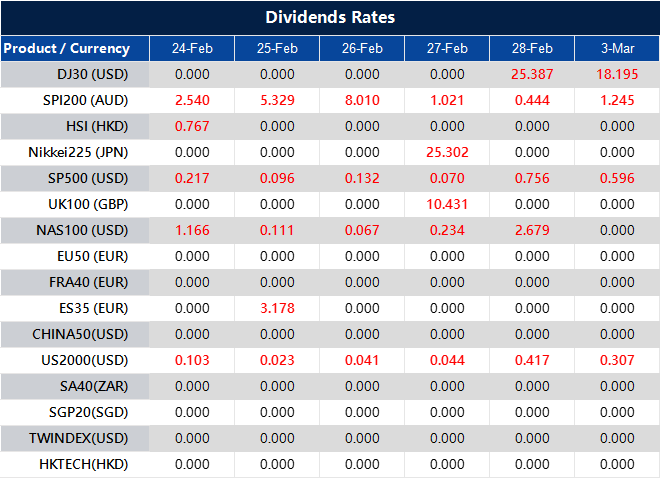Singapore’s gross domestic product (GDP) recorded a year-on-year growth of 5% in the fourth quarter, improving from 4.3% previously. This reflects a positive trend in the nation’s economic performance.
In currency movements, the EUR/USD pair has seen fluctuations, recently retreating below the 1.0500 mark as market sentiments remain cautious. Meanwhile, GBP/USD shows slightly diminished gains, settling just under 1.2650 ahead of anticipated communications from Bank of England officials.
Gold prices are holding steady near record highs, influenced by trade war concerns and a weakening US dollar. Despite endorsements from high-profile individuals, Dogecoin continues to face selling pressure, trading around $0.23.
The money market landscape for 2025 presents varied dynamics across the US, Eurozone, and UK, with expectations for rate changes influencing strategies.
Singapore’s economic expansion in the fourth quarter, growing from 4.3% to 5% on a yearly basis, suggests a stable recovery. The numbers indicate that industries have sustained momentum, likely due to strong domestic investment and external trade flows. If this trajectory holds, we may see shifts in monetary policy expectations, particularly if inflation pressures build up alongside this growth.
Turning to currency movements, the weakening of EUR/USD below the 1.0500 level shows markets adjusting to shifting risk appetite. Traders appear hesitant, likely weighing economic indicators and central bank positioning for the months ahead. Meanwhile, the British pound is holding just under 1.2650, suggesting that market participants are waiting to see how the Bank of England’s policymakers signal their next move. If the upcoming statements lean towards stability or tightening, sterling may find some support—but if uncertainty persists, we could see further fluctuations.
In commodities, gold remains near its peak, reflecting investor caution amid trade tensions and increased volatility in foreign exchange markets. With the US dollar under pressure, demand for the metal seems relatively intact. If external uncertainties continue, gold’s price action could provide safe-haven opportunities.
Elsewhere, Dogecoin continues to experience selling pressure, despite endorsements from well-known figures. Its struggles may stem from broader concerns about liquidity in the crypto market, as speculative interest wanes. If support levels fail to hold, further declines remain a real possibility.
Looking ahead to 2025, monetary policy is shaping expectations across the US, Eurozone, and the UK. With rate decisions set to influence strategy, derivative traders should monitor macroeconomic data closely. Each region faces different challenges, from inflationary risks to growth concerns, which could cause varied movements across interest rate curves. These shifts will demand a reassessment of positioning to anticipate potential market volatility in fixed-income and currency derivatives. The interaction between inflation outlooks and central bank responses will be key in determining capital flows.





